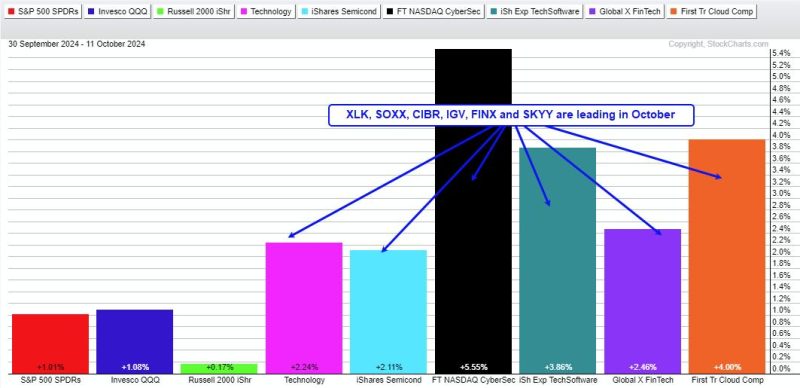As cyber threats continue to evolve, the need for strong cybersecurity measures is on the rise. In light of this growing demand, the cybersecurity sector has seen significant advancements, including the introduction of cybersecurity exchange-traded funds (ETFs). These ETFs provide investors with the opportunity to capitalize on the expanding market for cybersecurity technologies and services.
One noteworthy development in this sector is the emergence of a new trending phase for cybersecurity ETFs. This phase is marked by increased investor interest and a shifting focus towards innovative cybersecurity solutions. As companies face more sophisticated cyber attacks, there is a growing demand for cutting-edge technologies and services that can effectively protect sensitive data and systems.
Investors are increasingly recognizing the importance of cybersecurity in today’s digital landscape, leading to a surge in investments in cybersecurity ETFs. These funds provide a convenient way for investors to gain exposure to a diversified portfolio of cybersecurity companies, ranging from established industry leaders to up-and-coming innovative startups.
One key advantage of cybersecurity ETFs is their ability to provide investors with a broad exposure to the cybersecurity sector, without the need to select individual stocks. This diversification helps mitigate risk and provides investors with a balanced investment portfolio. Additionally, cybersecurity ETFs offer flexibility and liquidity, making them an attractive option for both seasoned investors and newcomers to the market.
The new trending phase for cybersecurity ETFs is also driven by the rapid evolution of cyber threats and the increasing complexity of cybersecurity challenges. With malicious actors becoming more sophisticated in their techniques, companies are under pressure to adopt advanced cybersecurity solutions to safeguard their digital assets.
As the cybersecurity sector continues to grow and evolve, investors can expect to see further advancements in cybersecurity ETFs. These funds are likely to incorporate new technologies such as artificial intelligence, machine learning, and automation to stay ahead of emerging threats. With the rise of remote work and digital transformation, investing in cybersecurity ETFs has become more relevant than ever.
In conclusion, the new trending phase for cybersecurity ETFs marks an exciting development in the investment landscape. With the increasing importance of cybersecurity in today’s digital age, these funds offer investors a unique opportunity to capitalize on the growth of the cybersecurity sector. As cyber threats continue to evolve, cybersecurity ETFs are poised to play a critical role in helping investors navigate the complex and ever-changing world of cybersecurity investing.




























